Creating for Change: Art as Activism
Art for arts sake is wonderful. Art that tackles society's great issues? Even better.
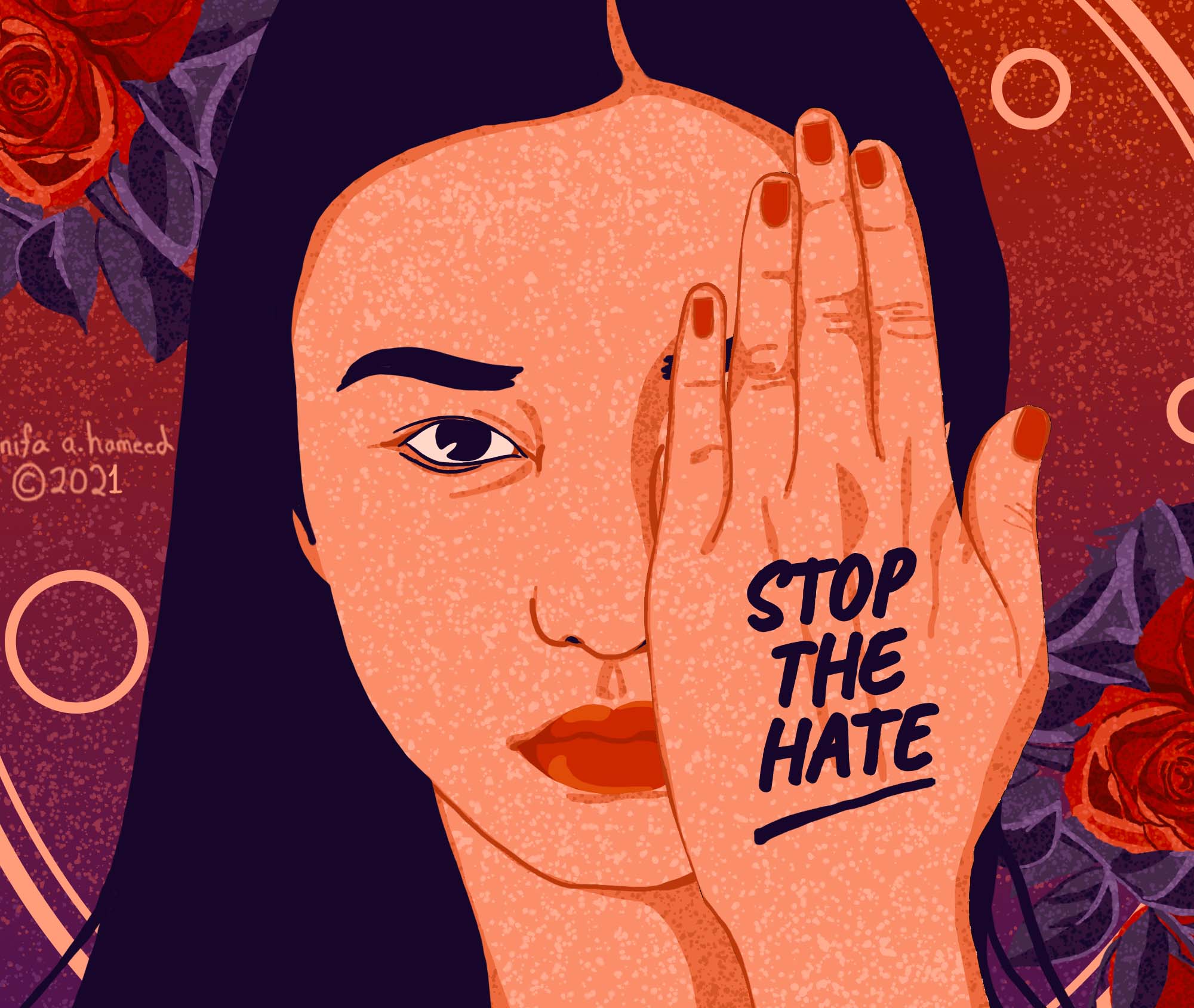
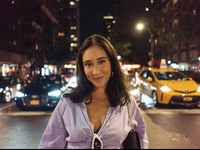
Art is one of the oldest ways humans have sought to harness and create social change. From Picasso’s Guernica to Rosie the Riveter, Chicano muralism to Ai WeiWei’s irreverent middle finger—art and advocacy have a long and complex history.
And it’s a relationship that has, in recent years, been further complicated as activism has grown in unprecedented ways. Buoyed by social media, the movements once relegated to basements and back rooms are now born—and spread like wildfire—on the internet. There have been countless examples of this in the past several years; from the Black Lives Matter movement to March for Our Lives, hashtags and Facebook pages are quickly commodified, turning (sometimes overnight) into full-blown businesses.
Activism effected through art has been no exception, and artists can rarely put something into the world without confronting questions of creativity, ownership, and capitalism. Maybe Picasso faced these questions too, but in the age of memes, NFTs, and rapid information-sharing, artists must ask themselves what to do if their art (often without their permission or knowledge) takes on a life of its own?
Irish-born and Brooklyn-based graphic designer Deva Pardue, 33, was caught unawares by these uncertainties when she founded For All Womankind, "a design initiative for fempowerment," and created a 2016 “Femme Fists” image that later went viral. Most recently a creative director and designer for the likes of Pentagram Design, MoMA, and the Wing, she devised the motif and its merchandise to raise money for the Center for Reproductive Rights and Emily’s List in the wake of Donald Trump’s election. She provided a free download and, on the day of the 2017 Women's March on D.C., Rihanna posted it. Pardue had never waded into any kind of activism before, but she felt compelled at the time: “it sounds sort of like a cliché—you hear people being totally inspired and just have to do something, and it sort of takes over them. But that really was what it felt like to me.”
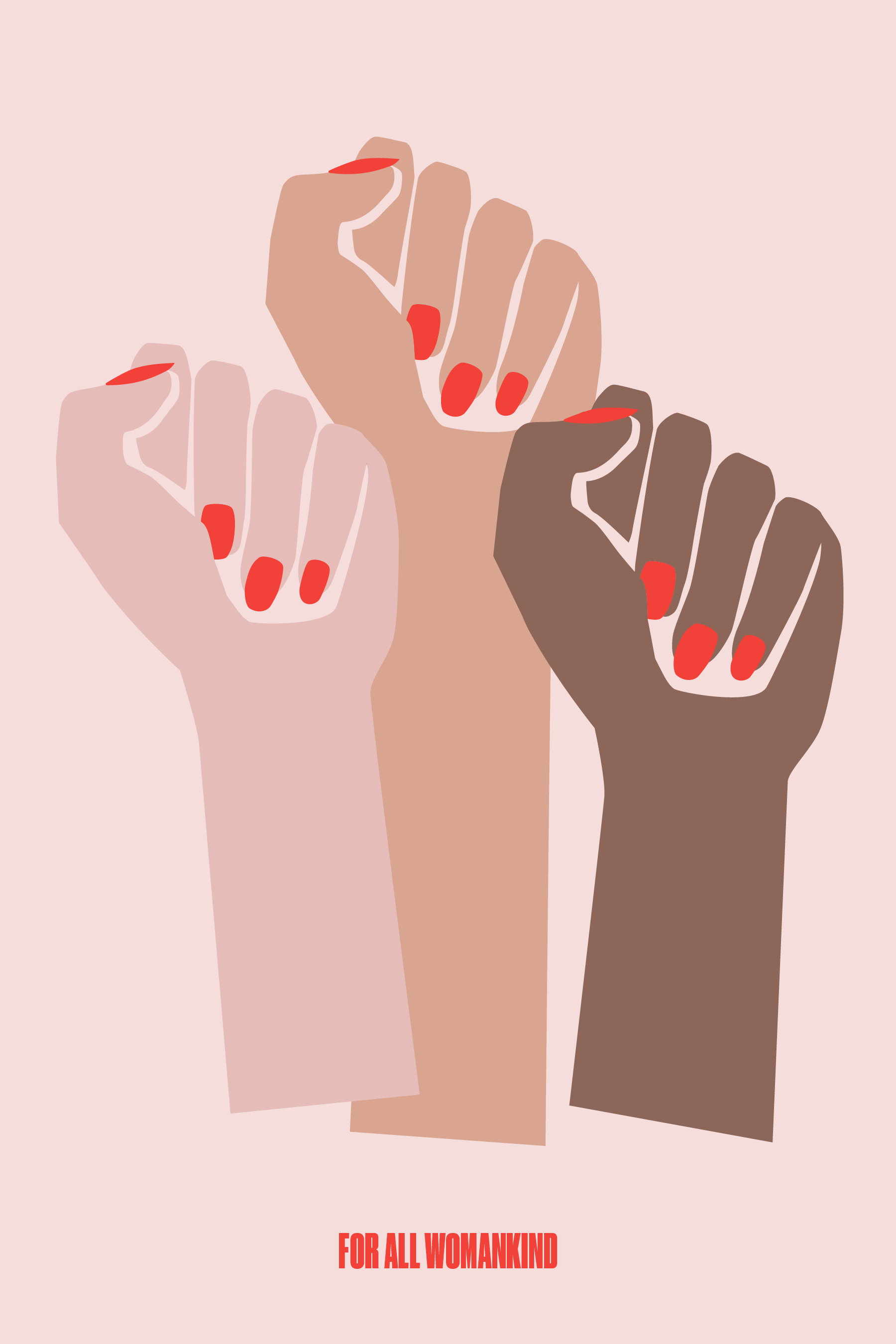
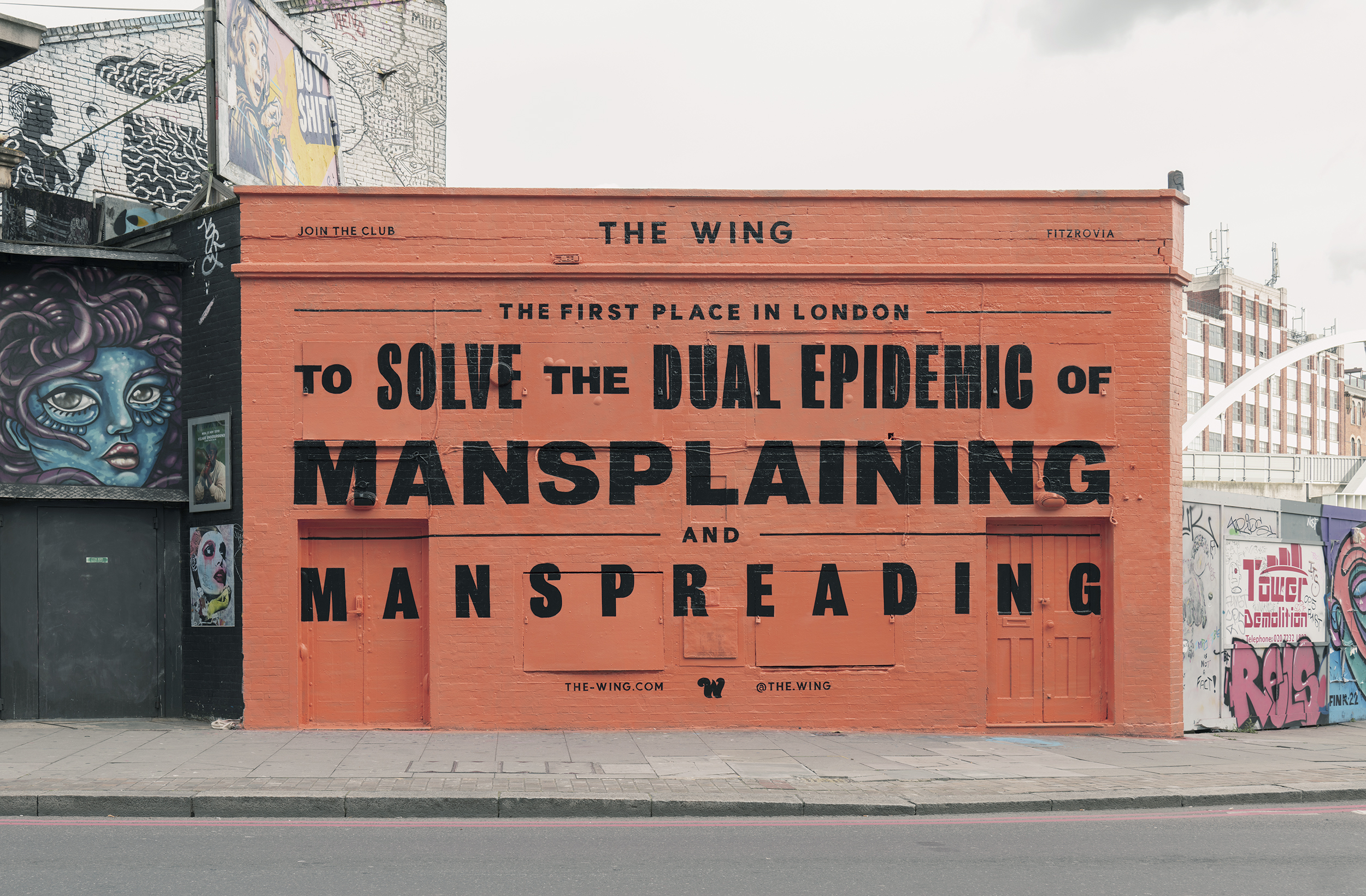
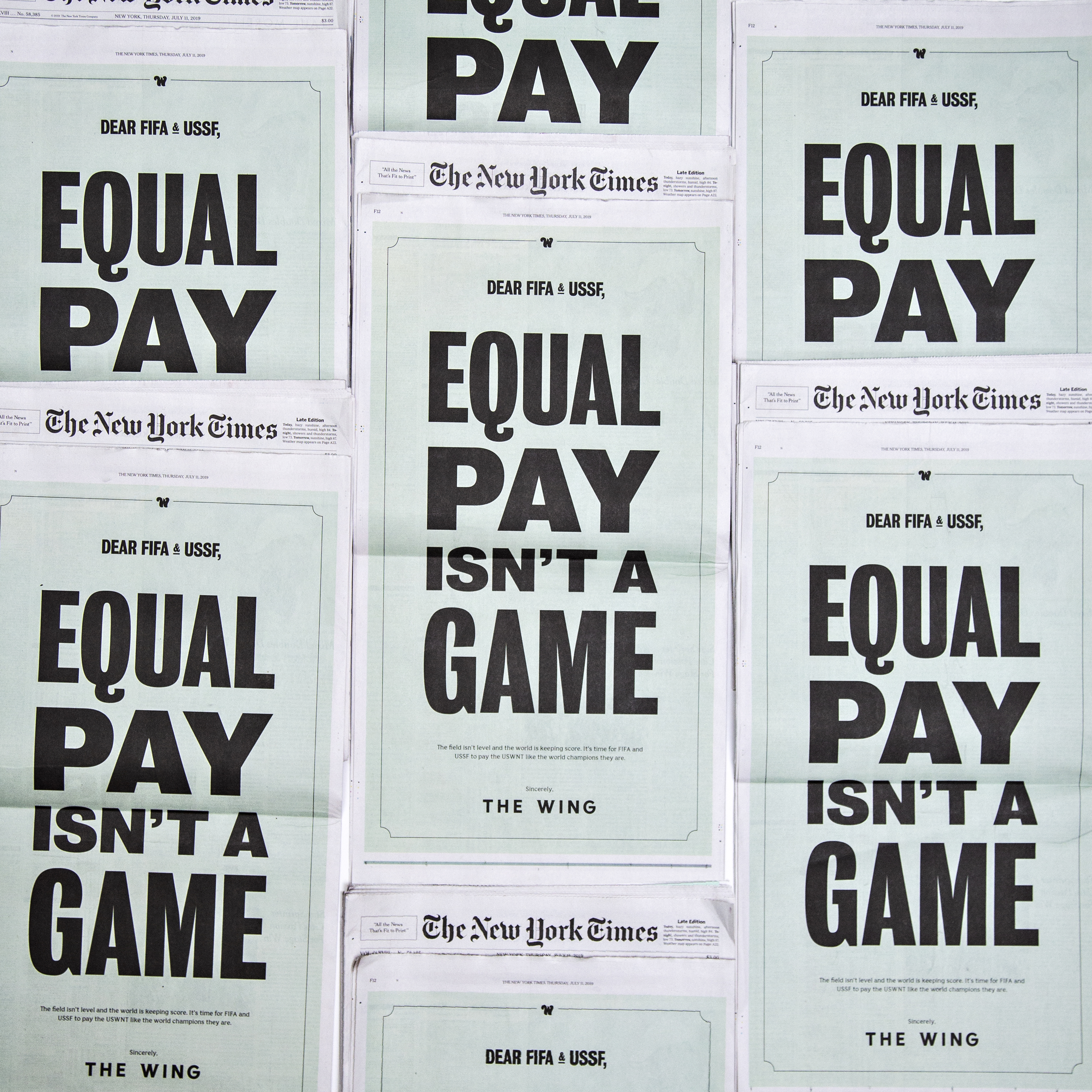
In designing the image, she didn’t have an objective in mind—she knew she wanted it to reflect intersectional feminist ideas, and thought she’d make some posters and a little extra money. “I didn't expect it to take off the way it did,” she says. (When all was said and done, Pardue donated around $25,000 from the proceeds.)

Pardue created her viral feminist fund-raising image in the wake of Trump's election.
Still, while she’s closely associated with the art, she describes feeling “disconnected” from it. "It sort of entered the zeitgeist and is no longer a part of me or belongs to me,” she says. "I'm not an illustrator... and aesthetically it doesn't really feel like a lot of my work." She describes her personal designs as "typography-driven" and says "a large part of my job is curation"—forming brand identities and marketing campaigns and working with a team (photographers, stylists, illustrators, etc.) to execute that vision. Though she loves that people began making their own versions of the image, even getting it tattooed, "it definitely got pretty infuriating," she says, when corporations—including the Walmart-owned clothing brand ModCloth—began using it without her permission.
It was, she reflects, a wonderful but complicated experience. And while the independent creative director and designer is still politically active, Pardue keeps activism work separate from her art. “If I felt the same way as I did in that moment—angry and helpless—and felt the need to make something, of course I would,” she says, “but I think right now everybody just feels a wee a bit tired.”
Get exclusive access to fashion and beauty trends, hot-off-the-press celebrity news, and more.
Artist Zaria Forman 39, had, conversely, been searching for a larger purpose for her work, one that would consciously speak to a sociopolitical issue. A few years out of college with an art degree, she wanted to use it to make “more than a pretty image for someone’s wall.” The purpose of her work, she says, became “crystal clear” after a visit to Greenland in 2007, where she witnessed first-hand the effect of the climate crisis on scientists, reporters, and government officials there to study it, "and, of course, the locals who were already having to adapt their lifestyle due to warming temperatures. That experience opened my eyes to the climate emergency." Her hyper-realistic drawings of beaches as well as cracked and severed icebergs—stunning and also devastating—seek to give “people a chance to experience remote landscapes at the forefront of climate change.”
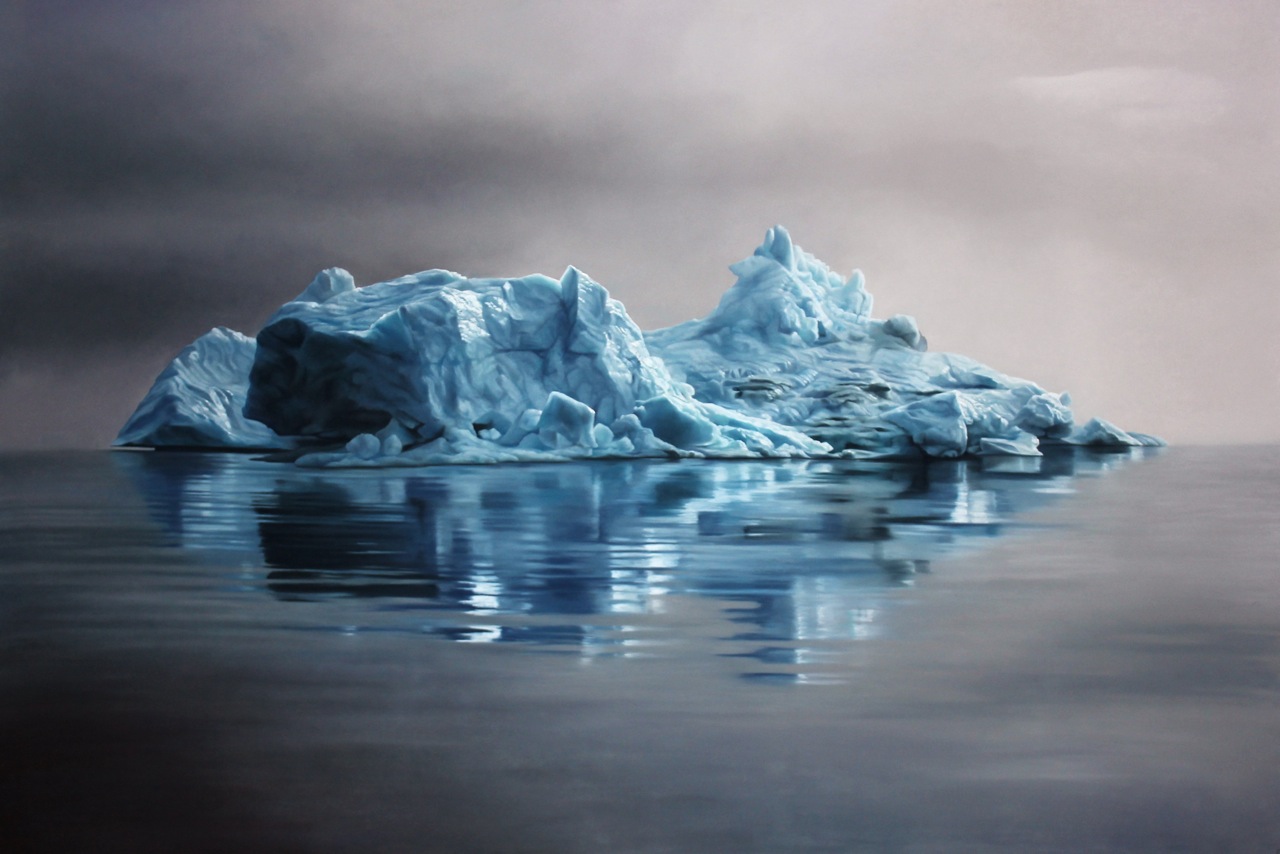
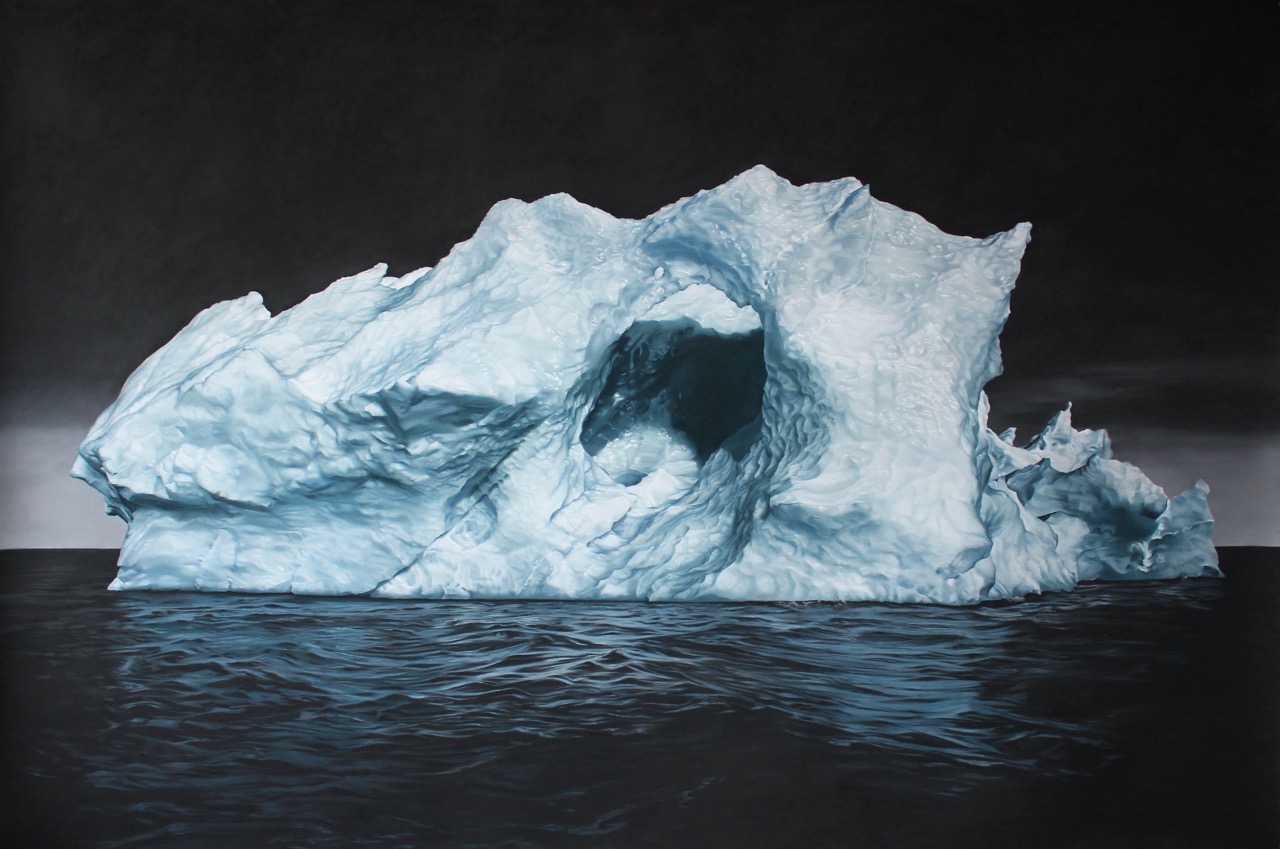
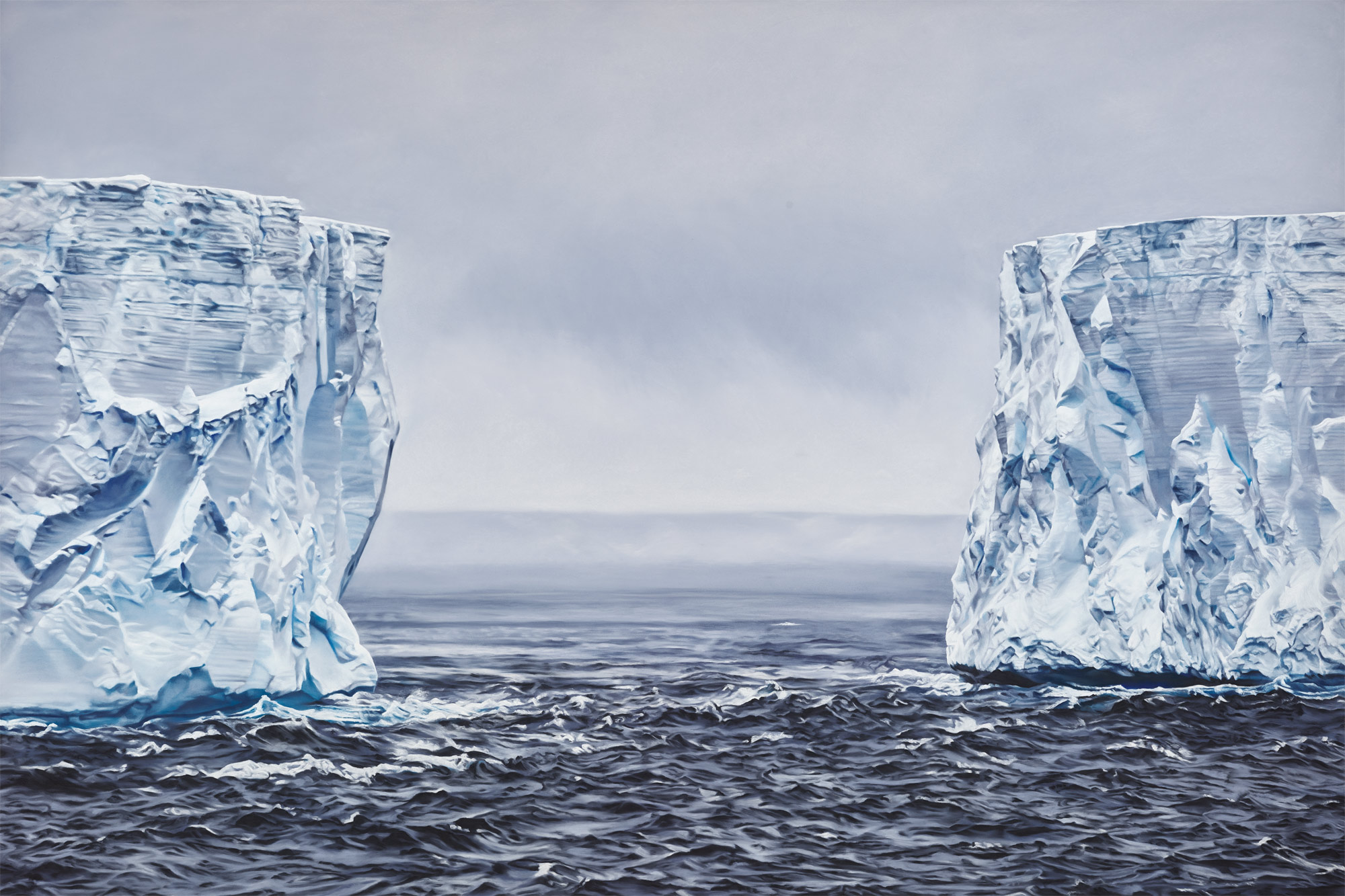

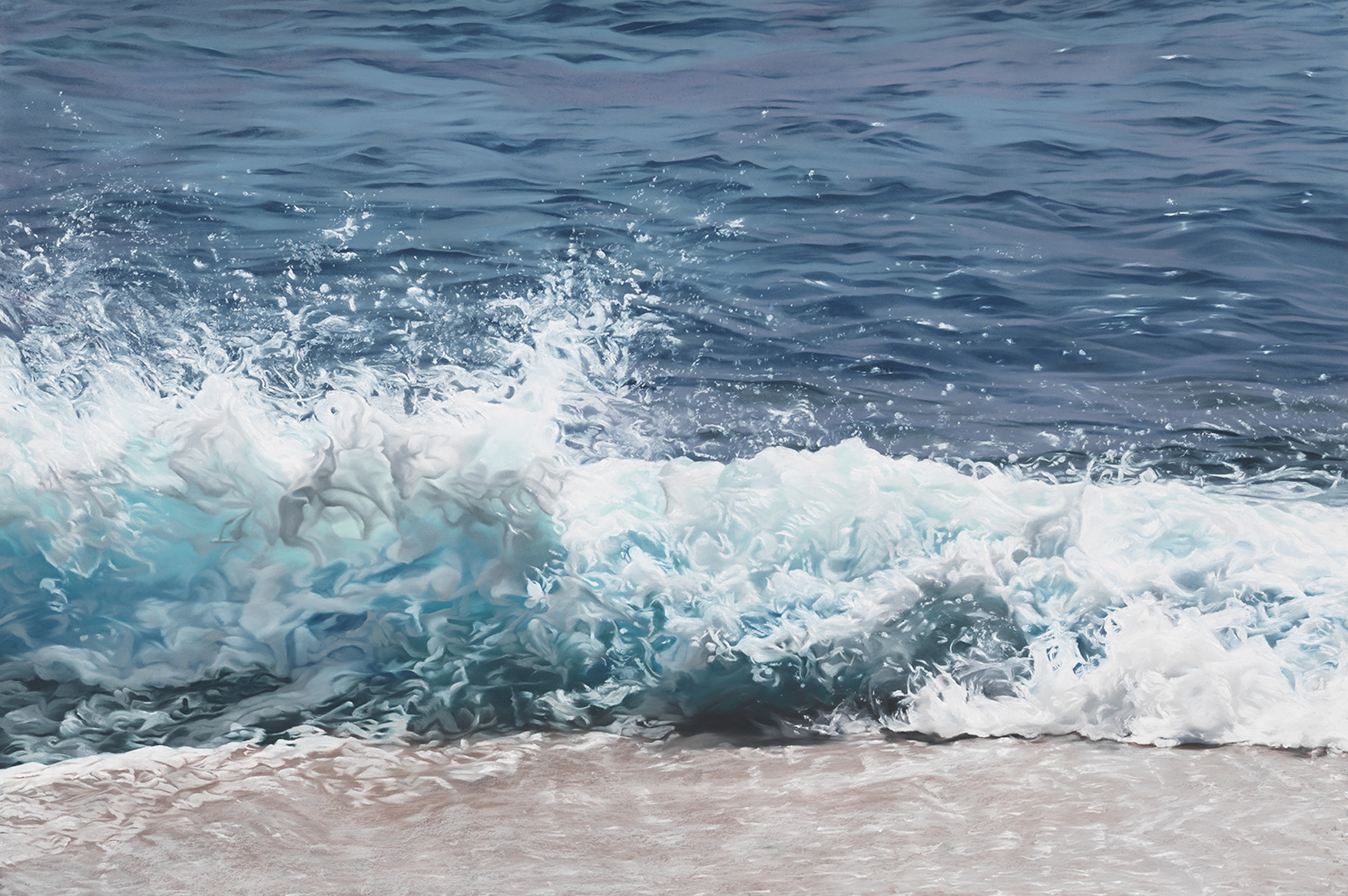

Forman’s work documents climate change, and the artist, who lives in upstate New York, describes her climate activism and art as one and the same. Working with photos and her memories of places like Greenland, Antarctica, The Maldives, and Norway, she tries to depict exactly what she saw in great detail, in order to “transport viewers to that place in time.” “It's impossible not to fall in love with these places once you witness them,” she says, “and when you love something, you want to protect it.”
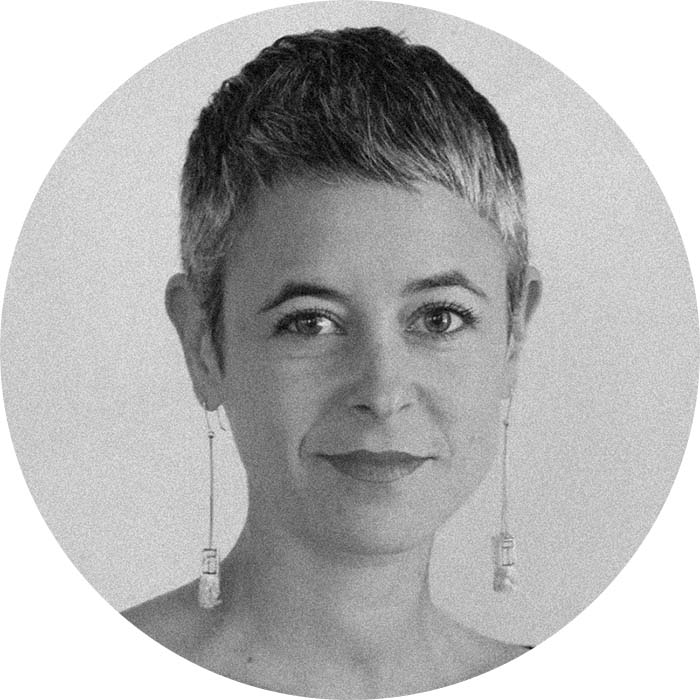
Forman's hyper-real landscape paintings focus on Earth's endangered places.
The impact has been far-reaching. In addition to giving a 2015 TED Talk with over 1.6 million views, she has flown with NASA on several Operation IceBridge missions (the largest ever airborne survey of the earth's polar ice). Forman, who is represented by Winston Wächter Fine Art, has provided images used in an OnlyOne campaign for marine conservation in Antarctica. She donated work for a Christie's auction to help conserve an entire Guatemalan cloud forest.
But for artists to take up a cause with their work—especially in these times, with the threat of cancellation and rampant social media criticism—is no easy task. Some simply stick to corporate work, and that’s what Hanifa Abdul Hameed, 27, did for a time, working as a corporate UX/UI designer at IBM, before she started creating some of the boldest political art on the internet. She’s best known for her #VoteForAunty design, created when Kamala Harris was on the campaign trail. It depicts the Vice President with a bindi, mehndi, and traditional Indian jewelry next to the slogan (‘aunty’ is a term of respect for older women in many Asian cultures). Another iteration saw Harris, who is half Indian, in a sari. The V.P. campaign didn't use it officially or reach out to her, she says, but the images were reposted on social media "nonstop" after the victory. "I did hear from countless South Asian women about how they felt about the way I represented her," she says. There were positive and negative thoughts: "Her skin color wasn't exactly the right color; they didn't like that her culture was being portrayed more than the policies she stood for; calling her 'aunty' didn't seem appropriate to some," but, overall, "the positive outweighed the negative" and "most people loved that she was wearing something that portrayed her South Asian identity."

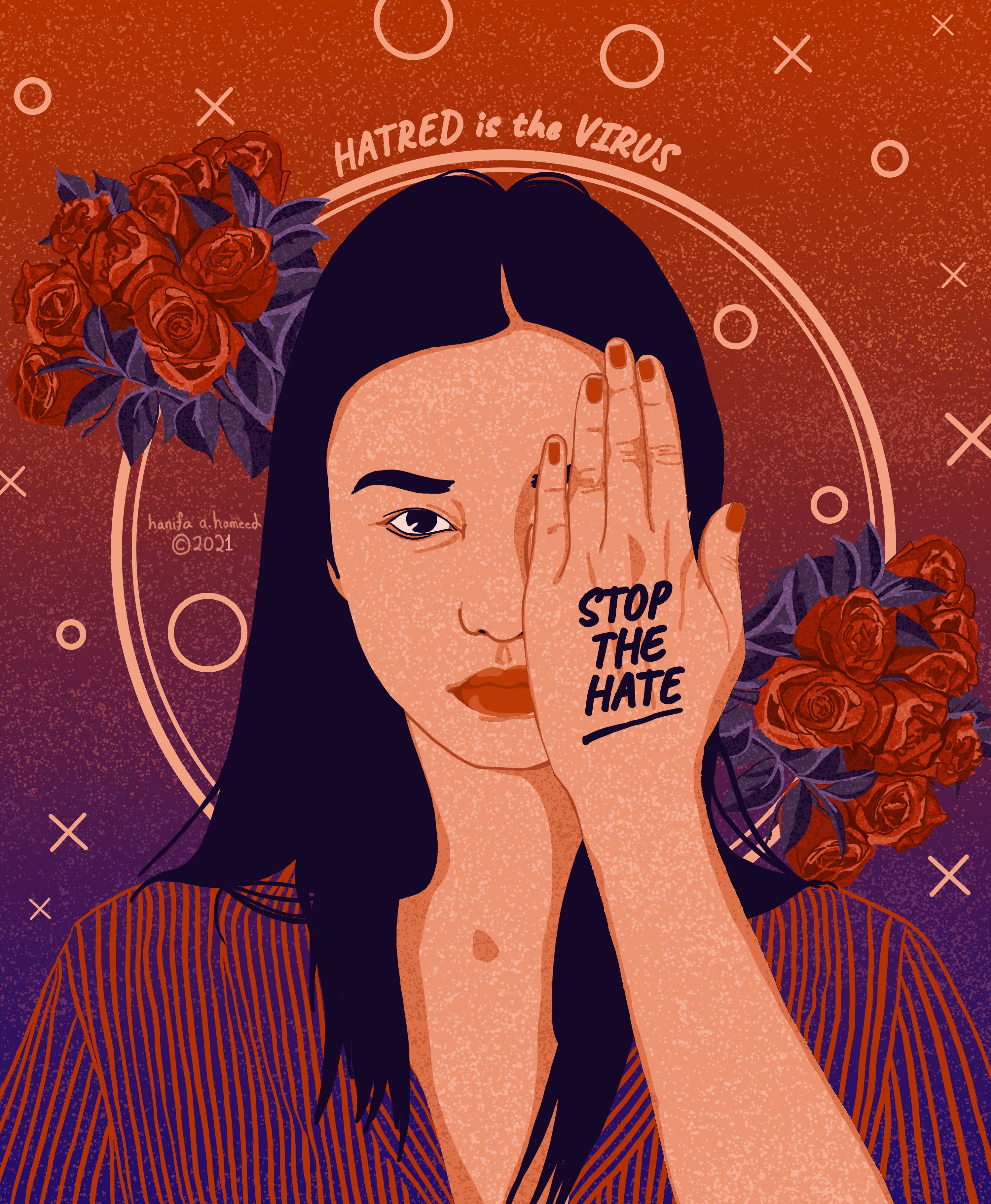
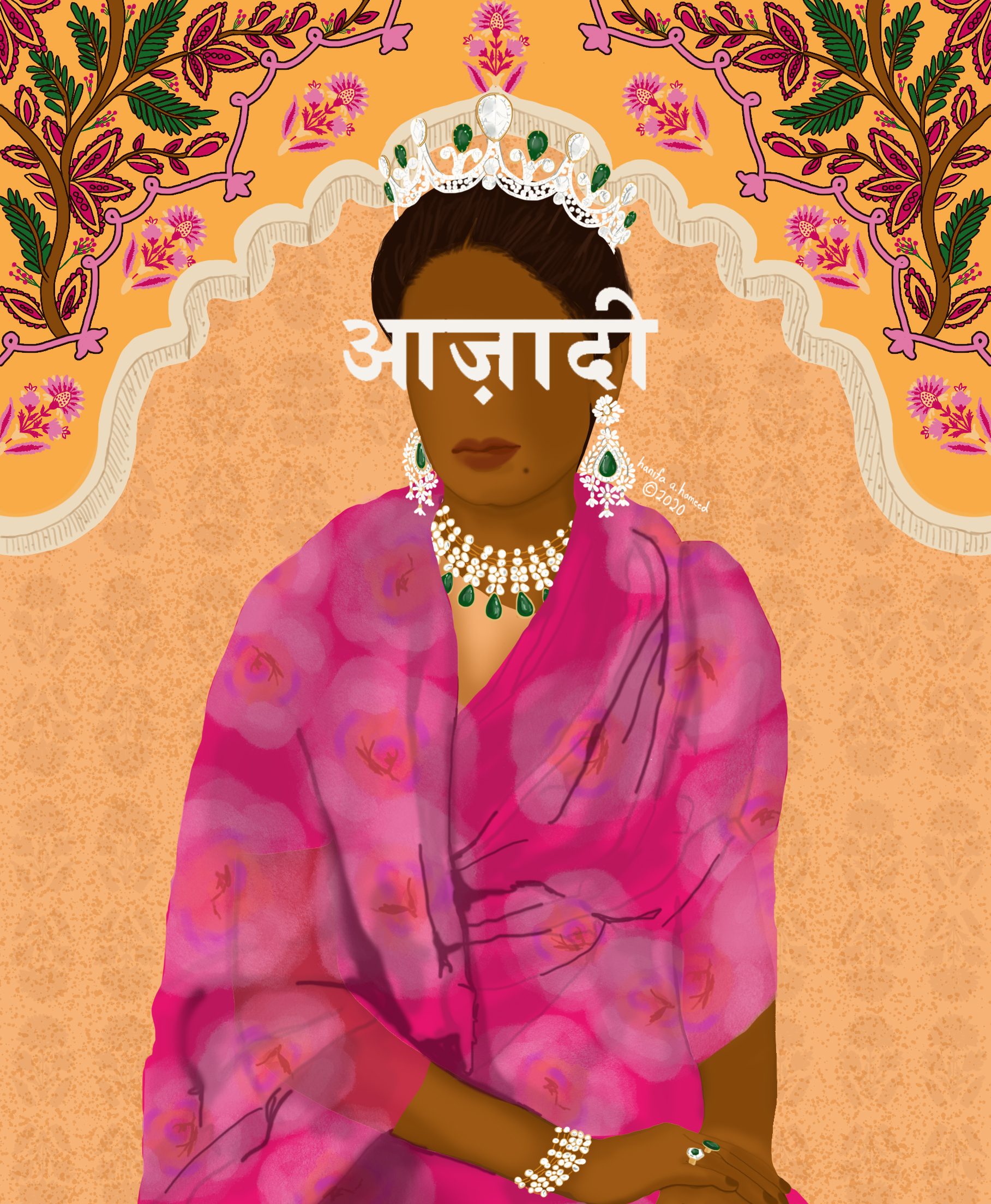

But while she has been drawing since childhood, it was only during the pandemic that the New Jersey-based Hameed started making work that speaks to social justice. She was raised in a fairly conservative Indian family and describes the initial experience of expressing her personal and political views via art as “frightening.”

It was during the pandemic that Hameed starting making making art that spoke to social justice.
“I was hesitant because I wasn't used to sharing artwork that was so hard hitting,” she says, recalling the moment she released her very first piece, an image of a woman hiding her face against a backdrop of flowers, which she made after watching a Pakistani television show about how society treats rape victims. And many of her works are equally striking, speaking to topics like gun violence, abortion, racism, and sexism. “All of the artwork I create is influenced by either experiences I've faced, or a friend has,” she notes. "It reflects what’s happening around the world, and in my life.”
The goal, says Hameed, is to promote awareness and representation; in other words, to communicate some of the many social and political experiences of South Asian women and other women of color. “That’s really my drive to create this sort of art.” In addition to her Instagram, her art is available on Society6.
And while it’s complex, and often risky, there’s a reason why art has been a pillar of social justice for centuries. “Psychology has proven that we take action and make decisions based on our emotions more than anything else,” Foreman muses. “It taps into our emotions in a way that statistics and news stories may not… But we need the numbers, the statistics, the news, and the art. We need all the tools in the toolbox.”

Click here to read the full Creators Issue.
Letter From the Editor
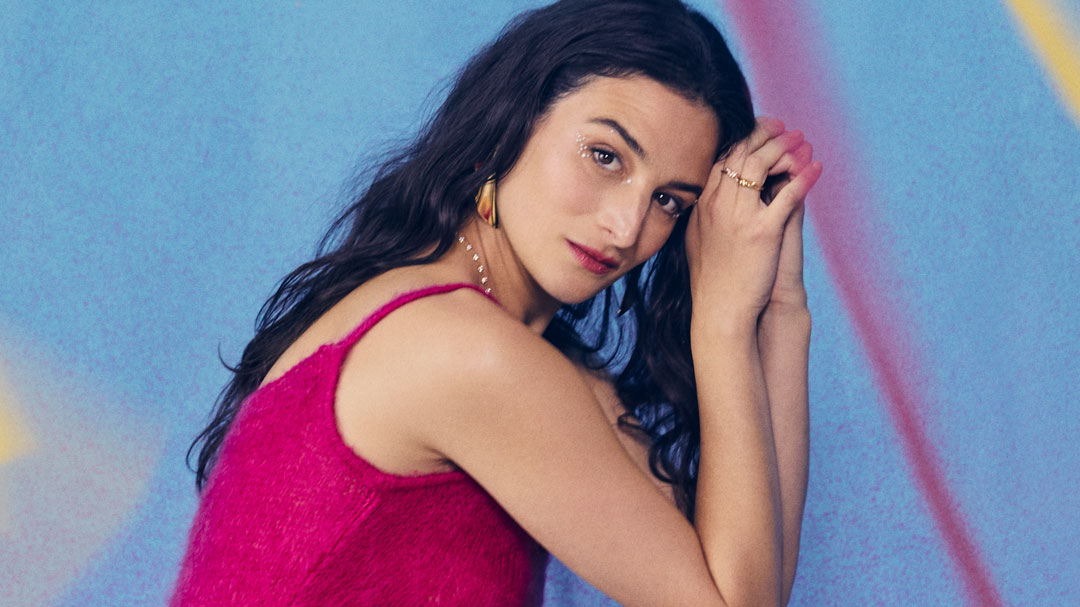
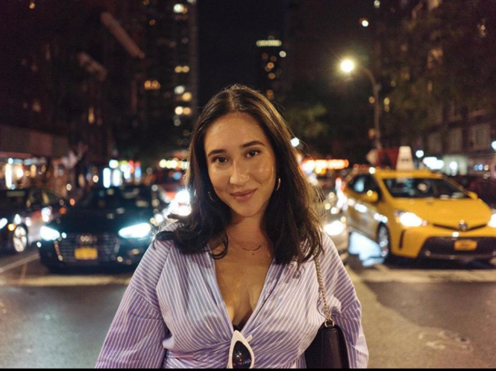
Sangeeta Singh-Kurtz is a New York-based journalist and author who covers culture and society. She's a staff writer at New York Magazine, and a contributor at Architectural Digest, A24, and more.